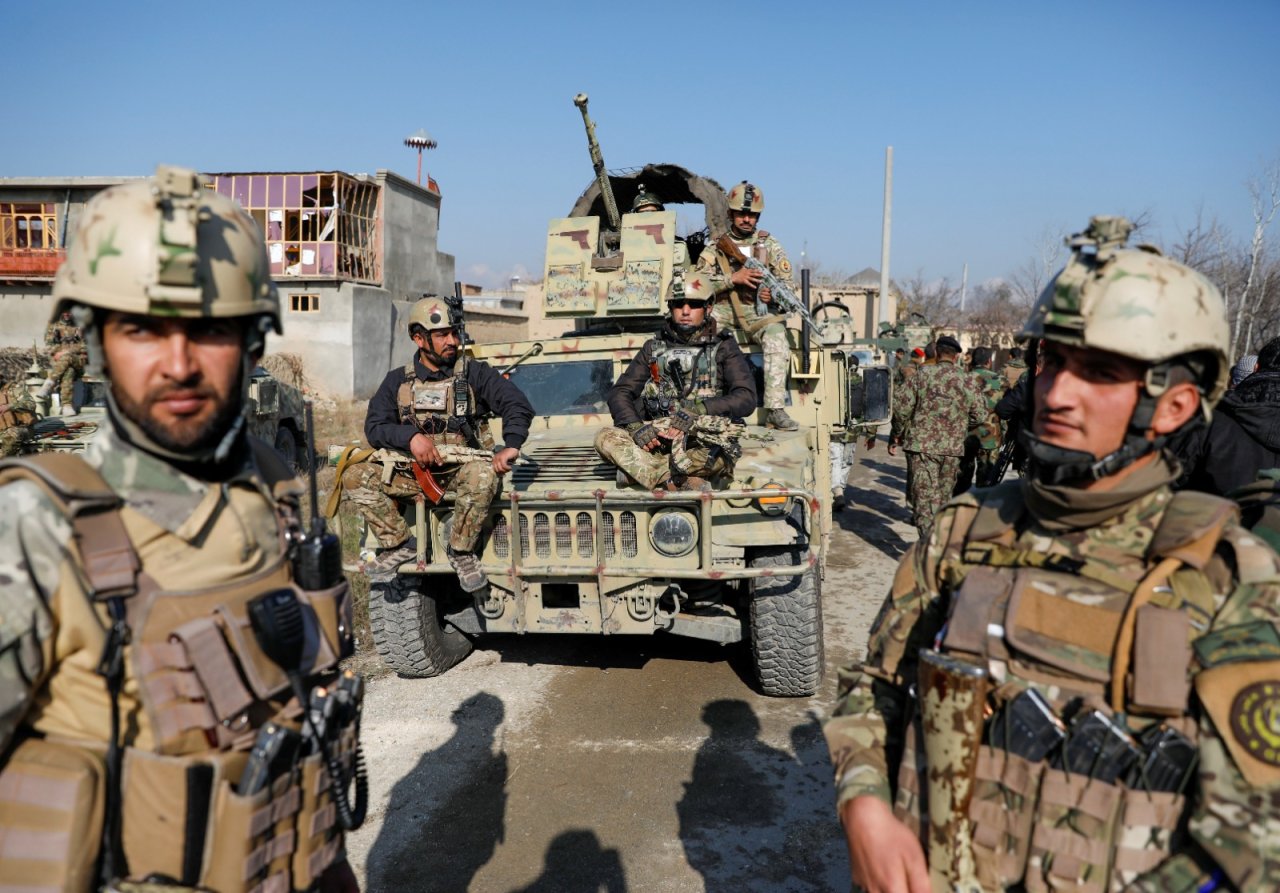Despite turbulent politics in both nations and a festering trade dispute, the defense and foreign ministers of the United States and India came together in Washington, D.C. on December 18 and took new steps to secure a long-term security partnership. Notably, the list of agreements in the 2+2 Ministerial Dialogue highlight an increased focus on cooperation in the Indian Ocean—an increasingly contested maritime domain. The two sides also discussed important agreements that go beyond security cooperation, expanding the promise of the new summit format.
This week’s dialogue was the second minister-level meeting in the new 2+2 format. Last year’s summit, held in New Delhi, set a high bar. The two nations finalized the Communication Interoperability and Security Memorandum Agreement (COMCASA), a military technology sharing pact. They also announced a new tri-service exercise and agreed India would get increased access to U.S. Central Command—providing more balance to the “Indo-Pacific” partnership.










